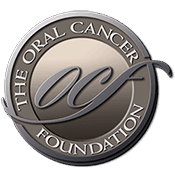Idera obtains clinical milestone under collaboration with Merck
Source: www.tradingmarkets.com Author: staff Idera Pharmaceuticals, a biotechnology company, has achieved a milestone under its worldwide licensing and collaboration agreement with Merck KGaA, Darmstadt, Germany. The milestone was achieved upon initiation of a Phase II trial by Merck KGaA of EMD 1201081, a novel agonist of toll-like receptor 9 (TLR9), in combination with cetuximab in second-line cetuximab-naive patients with recurrent or metastatic squamous cell carcinoma of the head and neck. Under the terms of the agreement, the company is entitled to receive a payment of E3 million from Merck KGaA during the first quarter of 2010. The clinical trial is being conducted in eight countries, including the US. Idera Pharmaceuticals entered into a worldwide licensing and collaboration agreement with Merck KGaA, Darmstadt, Germany in December 2007 for the research, development and commercialization of Idera's TLR9 agonists, including IMO-2055, for the potential treatment of certain cancers. In addition to the clinical study announced today, under the company's collaboration with Merck KGaA, EMD 1201081 is currently being evaluated in a Phase Ib clinical trial in combination with Tarceva and Avastin in patients with advanced non-small cell lung cancer and in a Phase Ib clinical trial in combination with Erbitux and an irinotecan-containing treatment regimen in patients with colorectal cancer. Alice Bexon, vice president of clinical development at Idera, said: "We are very pleased with Merck KGaA's initiation of this randomized Phase II clinical trial of EMD 1201081 in combination with cetuximab in patients with head and neck cancer. "Under our collaboration with [...]
